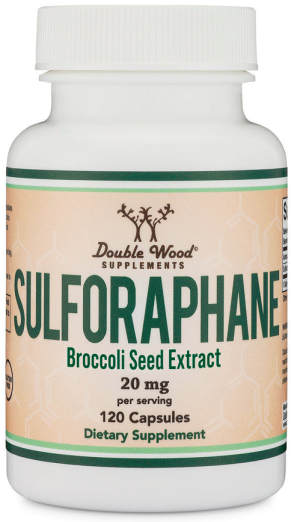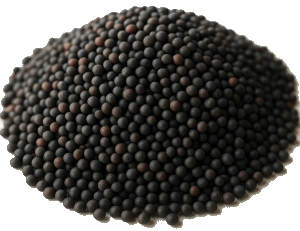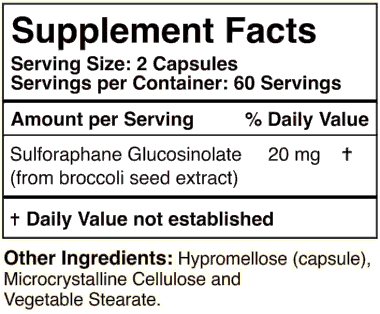Why standard “broccoli powder” falls short:
Many powders lack active myrosinase or are heat-processed, leaving you with glucoraphanin that does not efficiently convert to sulforaphane. Our approach specifies enzyme-active inputs so you get a reliable sulforaphane yield.
Why Foods & Seed Powders Fall Short (Consistency Matters)
Broccoli, sprouts, and broccoli seed powders are valuable foods, but their sulforaphane (sulforaphane) delivery is highly variable. Most seed/veg powders are dried or heat-processed, which can deactivate myrosinase (the enzyme that converts glucoraphanin to sulforaphane). Cooked broccoli often loses myrosinase as well, pushing conversion onto the gut microbiome—an unpredictable, low-yield pathway. Even raw produce isn’t a sure thing: seed genetics, sprout age, growing conditions, and storage can change glucoraphanin content by many fold, so yesterday’s serving may not match today’s.
- Enzyme loss with heat: No active myrosinase → little sulforaphane formed, even if glucoraphanin is present.
- Epthiospecifier protein diversion: Natural epithiospecifier proteins in raw brassicas (broccoli or broccoli cousins) can shunt glucoraphanin away from sulforaphane; light steaming can help, but is easy to overdo and do more damage than good, and is still inconsistent.
- Big batch-to-batch swings: Seed variety & sprout handling can differ 5–10× in regard to glucoraphanin; most powders don’t disclose enzyme activity or verified sulforaphane yield.
- Portion practicality: Reaching meaningful sulforaphane may require large, daily amounts of fresh sprouts or carefully prepared broccoli—hard to sustain and tough on sensitive digestion.
- Storage degradation: Time, heat, and moisture chip away at enzyme activity and precursors in bulk powders and pre-prepped foods.
Active sulforaphane extract solves these gaps: it delivers sulforaphane itself (no enzyme required), providing a consistent, measured dose day after day. If you enjoy foods, keep them as a bonus: use raw or lightly steamed broccoli/sprouts and, when cooked, add a small pinch of mustard powder for enzyme support. For dependable results, rely on active sulforaphane; for culinary variety, let the kitchen play backup.





